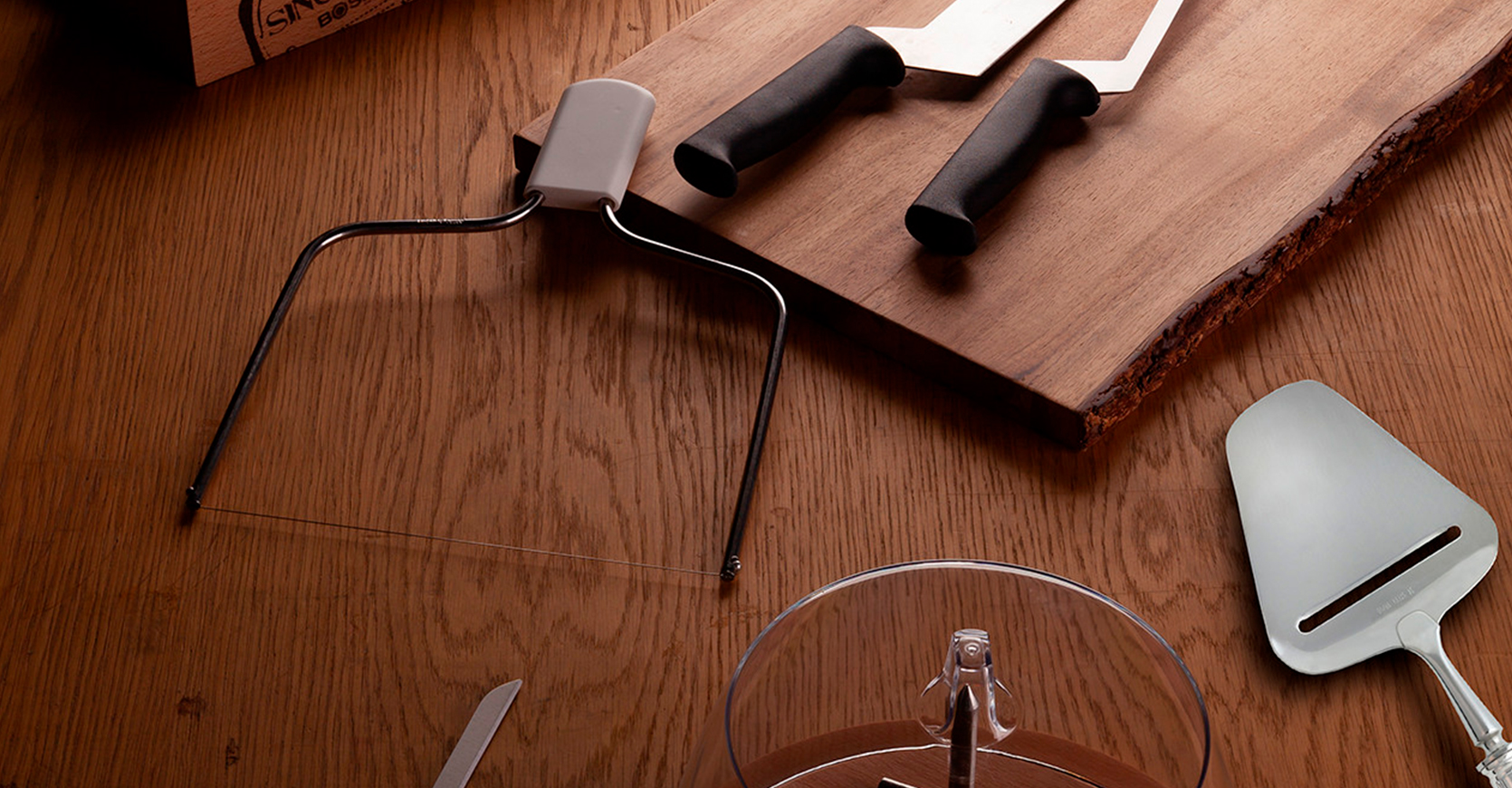
Professional tools
To the diversity of cheese specialties that exist in this delectable world,
there corresponds a complete collection of utensils that have been developed for each variety.
The characteristics of each particular cheese will indicate not only which utensil to use but also which cut is most appropriate in each case.
 Cheese has different sizes, textures and shapes. To enjoy it to the fullest, it is always best
Cheese has different sizes, textures and shapes. To enjoy it to the fullest, it is always best
to use the proper technique to cut it and the most suitable utensil. 
Utensils for hard cheeses

Functionality and design for cutting cheese. Minimise the effort every time you have to open up a cheese or cut it into wedges. This way, you can do it easily and simply.
A special knife for cutting smaller hard cheeses. The cutting blade is extremely sharp to facilitate insertion and the cutting of wedges.
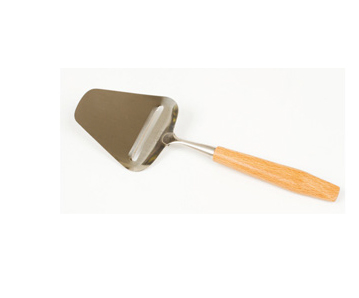
Those who prefer slicing cheese thinly will find that this slicer is their best companion in the kitchen. A sturdy utensil that can cut hard cheese with great ease and produce an exquisite result.
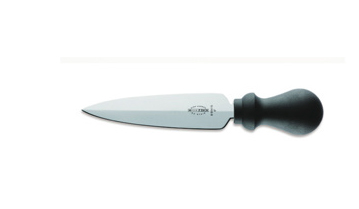
A utensil specially designed for hard cheese to create shavings or pieces. The cheese spade is ideal for cutting mature cheeses, such as Grana Padano.
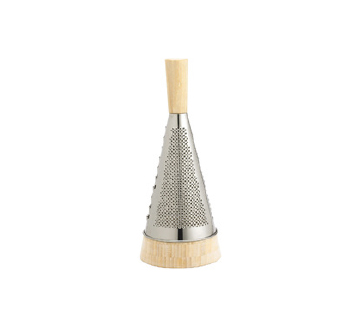
To add a touch of cheese to dishes, the grater is ideal, especially for hard or mature cheeses. It can produce fine cheese shreds that will raise the flavour of any dish and in small quantities.
Utensils for soft cheeses
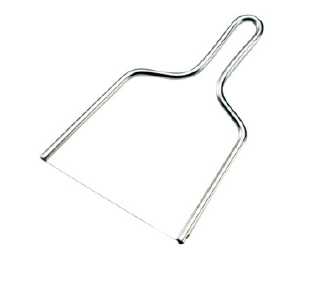
The cheese cutter is a utensil that enables you to cleanly cut crumbly cheeses, such as Roquefort, that would otherwise get stuck to the knife or cutting blade. With this tool, you can cut slices cleanly to improve presentation.
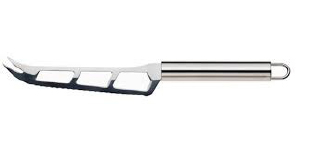
A knife that is ideal for cutting soft cheeses. The blade is extremely fine to prevent the cheese from sticking, thus producing an impeccable and clean cut.

Replacement wire for professional guillotines. With these wires, you can cut slices cleanly for better presentation.
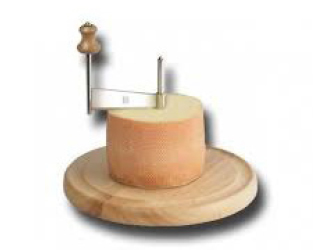
A device consisting of a wooden stand, on which to place Tête de Moine cheese, and a blade to shape the cheese into the characteristic rosettes.
Types of Cut


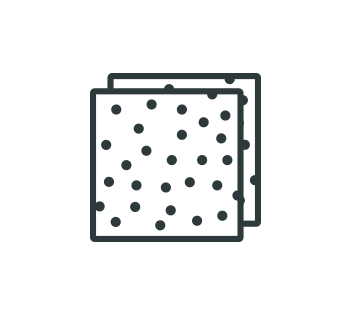
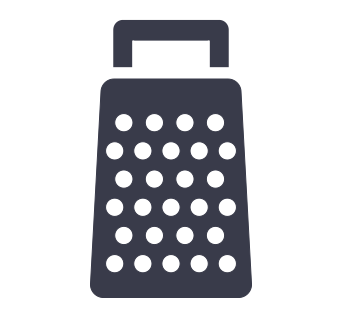

Cheese has different sizes, textures and shapes. To enjoy it to the full, it is best to use the most suitable technique and utensil to cut it.
It is essential to determine the shape of the cheese; it can be a wheel, cylindrical or in quarters, and the texture of the paste can be extra hard, hard or soft.
Although a piece of cheese tastes good anytime and anywhere, it is important to make sure that it is at the right temperature before eating it. Room temperature (between 16 and 18º) is ideal, because this is when the flavour is at its best.

